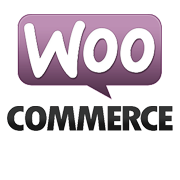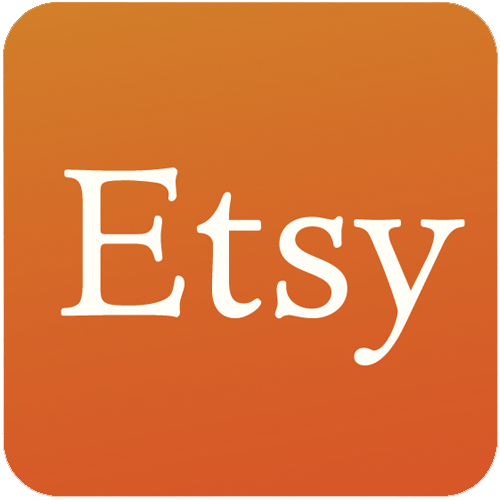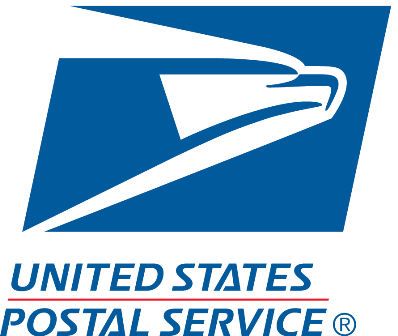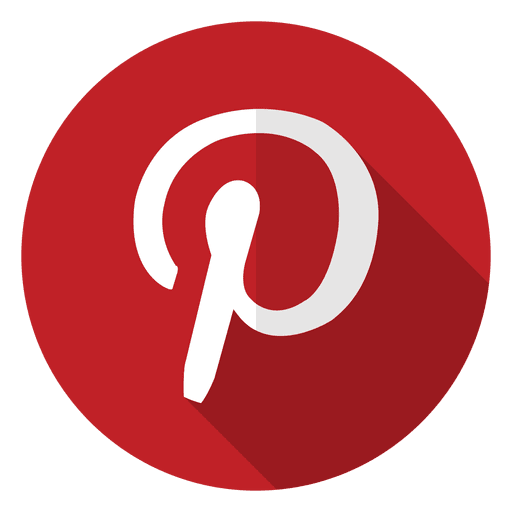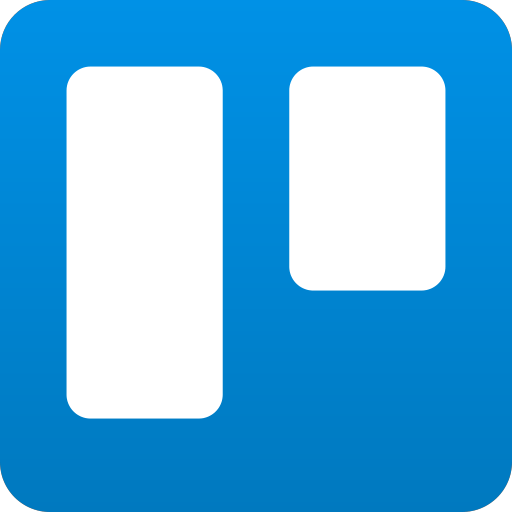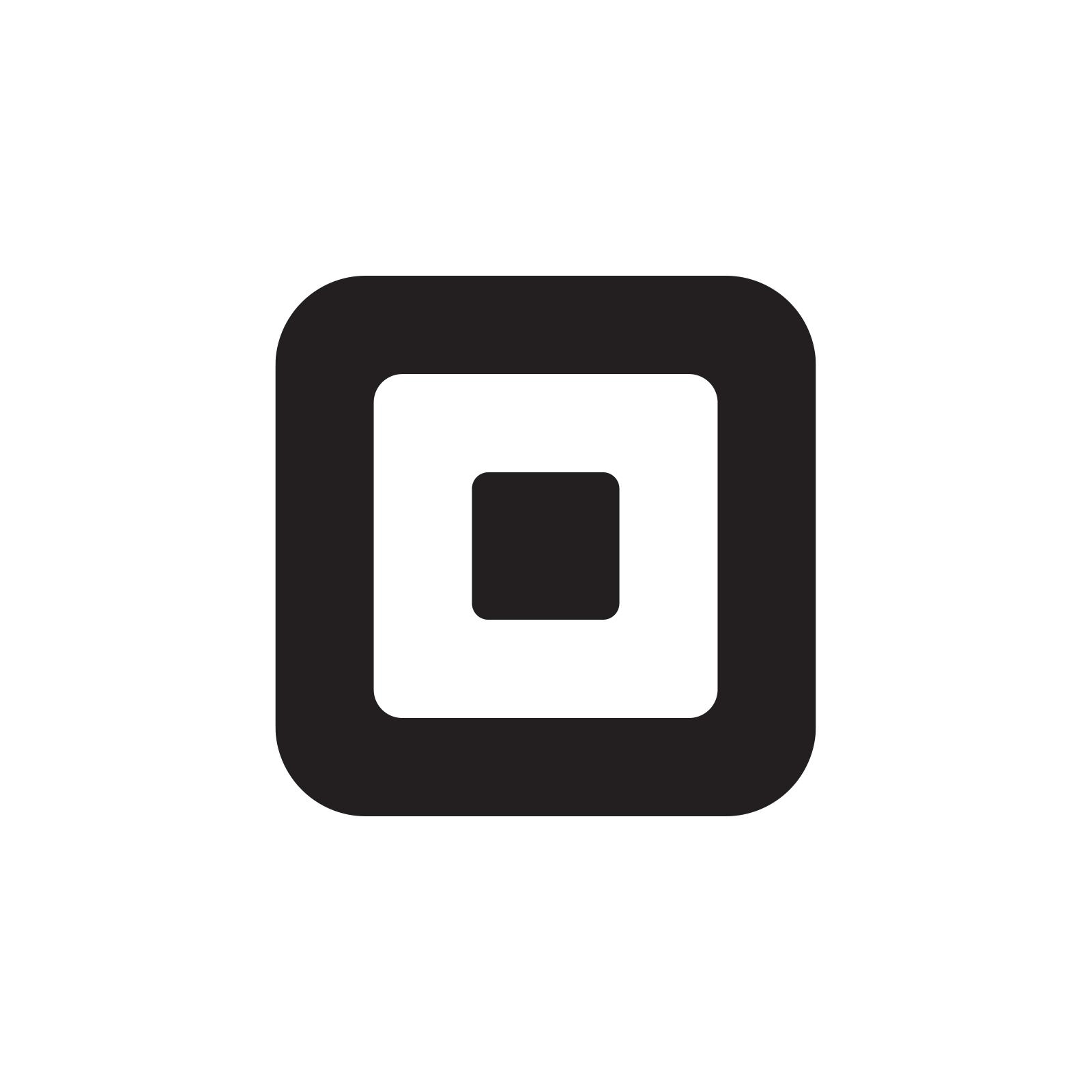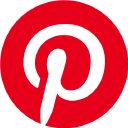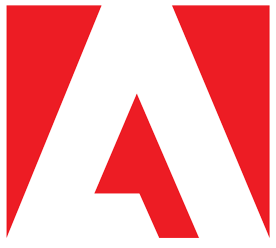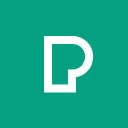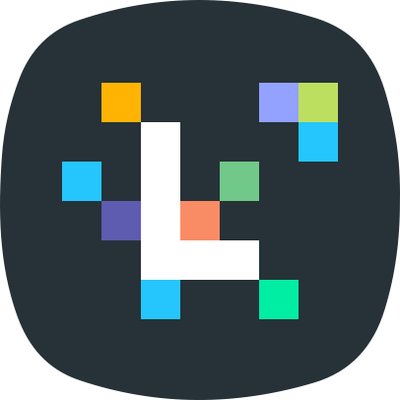How I Started A Passive Income Business While Living Out Of A Van
Hello! Who are you and what business did you start?
Hello!
I’m Anslea, creator of Forgotten Mermaids, a brand of mermaid temporary tattoos and accessories!
The original idea was born on the road, and much of the business as it is today still reflects the mobile lifestyle it was built around.

At the time I had been traveling and living out of my van while working full time as a freelance graphic designer. I spent a lot of creative energy working on other people’s ideas when I realized I wanted something of my own. Better yet, I realized I should be working towards something for myself.
I knew that running a business was something I both enjoyed doing and wanted to do. It came down to what exactly that should be and whether or not it would be worth my time. That’s when a friend shared a photo of their new tattoo on twitter, a mermaid tattoo! I wondered if there was a temporary tattoo version I could try out. But after a search offered no results, I realized a realistic tattoo design didn’t exist... Yet.
So, I put together the first draft of a mermaid scale design, biked two miles to the closest printer with a “Print Your Own Tattoo Kit” in tow, and made the first prototypes.

(The first batch of tattoo packs.)
Over the last 12 months, we’ve expanded our products to include two tattoo designs in six colors, swimsuits, and clothing, all with the unifying “mermaid scale” theme. These last six months we’ve averaged about $1,000/month in mostly passive income.
What's your backstory and how did you come up with the idea?
Before mermaid tattoos, I was working as a freelance graphic artist on everything from illustrations to website designs. I knew the fundamentals of how to design a brand and decided I wanted to apply those skills to create my own.
At the time I had been traveling and living out of my van while working full time as a freelance graphic designer. I spent a lot of creative energy working on other people’s ideas when I realized I wanted something of my own. Better yet, I realized I should be working towards something for myself.
The next step was figuring out what that was. At the time I was living in a van in a touristy Florida town, so naturally there was an abundance of mermaid themed stuff in all of the shops.
I knew I wanted to use my digital illustration skills to create the product. I also knew it had to be suited to life in a van, which is why I settled on the mermaid scale idea. It was simple. I could take it wherever I went. And it would be something I could build a brand around.

The first couple of weeks creating the brand was pretty straight forward. The weeks following that… Well, there was a definite learning curve. I needed to learn how to turn it into a profitable business.
Take us through the process of designing, prototyping, and manufacturing your first product.
Getting the first batch of tattoos ready was pretty simple. I knew I didn’t want to use tattoo printer sheets this time around, so I found a manufacturer located in the US and placed an order for 100 tattoos. Narrowing down an affordable and reliable manufacturer right at the start really helped us in the long run.
While waiting for the tattoos to arrive, I moved on to packaging. Everything needed to be packed by hand to cut costs, so with that in mind I put together a quick mockup in photoshop of what I wanted it to look like and what I knew would work within the limitations.

At the time I didn’t have a way to photograph the actual product, so I actually ended up using the photoshop mockups for most of the marketing materials. The total startup cost was right around $100.

Describe the process of launching the business.
Our “launch” consisted of uploading one product to Etsy.
The following months were a lot of testing to see what worked on Etsy and what didn’t. I still don't know what the short answer is to that question. But I go through and refresh the listings every couple of months, which seems to be helping with SEO.
At this point, we didn’t have a website. But I knew it was something we needed. I tried out Shopify., and while it’s a great storefront, it didn’t have the functionality I was looking for. I ended up choosing WordPress, which has worked out really well for us.
We rely heavily on content marketing and knew the website was going to be more than a storefront. So having the blog functionality right out of the box, along with WordPress’s plugin library, making it a no-brainer. We’ve since added quizzes, and have plans to expand into new types of content in the future.
Since launch, what has worked to attract and retain customers?
Since starting back in June 2018, we’ve had pretty steady growth each month. Surprisingly, the months we did the best were the months I expected it to be slow (and vice versa). Now that we’re in our second year, we’re a little wiser to the ebbs and flows of the business and have hopefully planned accordingly.
We currently exclusively use Etsy as our sales platform. It’s free and a great place to start if you’re trying to test the market.
Because most people who are on Etsy are already in a mindset to buy or are planning to eventually buy, it makes conversions a lot more seamless.
We also use Etsy’s promoted listings, which has a decent ROI with our current ad spend of about $5/day. These ads really helped push our listings to the top of the search results when we were first starting out.

We’re also actively involved with influencers in our niche. It’s a very time-consuming and labor intensive responsibility, which is why I’ve slacked a bit these last few months. But the payoff is worth it. We have several influencers who still rep our products to this day (without our asking), which continues to send steady traffic to our Instagram.
If you have a niche that is receptive to influencers, it’s probably worth trying out. But it’s just like any other paid promotion. You really can’t dump cash into an ad campaign and expect instant results, and the same is true for influencers. In the beginning, we wasted a lot of money using apps to find influencers, when we should have spent that time reaching out to individuals in our niche.
We’ve used Etsy since we launched, and discovered too late that you’re not allowed to collect emails by default. This has made moving away from the platform a lot more difficult. So to get around this, I’ve added a CTA graphic to the listing which directs visitors to a landing page on our website, where they can input their email and get a 15% off coupon. It’s not a perfect solution but paired with our website’s pop-up form, our list has grown steadily over the summer.

Since our website doesn’t contain a storefront and instead links offsite to Etsy, I wanted to do something to encourage visitors to return. At this point, we had several colors available, so I cobbled together a “Mermaid Personality Quiz” that tied the personalities to each color and linked each result to the corresponding product listings. It was our first viral pin on Pinterest and still gets over 40k impressions a month, almost a year later.

To add to that, pins going viral on Pinterest has been the biggest and most surprising source of customers so far. A handful of pins that took just a few minutes to create now accounts for more than 80% of our social media traffic!
It was pretty obvious that the most popular pins were popular because people were searching for tattoo ideas. Even though they weren’t buying our product, they were sharing our content, bringing in new customers we wouldn’t have reached otherwise.

How are you doing today and what does the future look like?
Right now, I’m in the early stages of moving away from Etsy and onto our own storefront, with the goal being to transition by the end of the year. My hope is to keep everything as seamless as possible so that everything ties into our content marketing. So if someone lands on a quiz or blog post, they won’t have to leave our website to make a purchase.
Build a business that suits your lifestyle. Write down your limits and build your business around them, because knowing what you can or can’t do at the very start will help keep your goals attainable.
We’ve also started to expand into wholesale, but the day-to-day operations take up most of my time right now. The plan is to outsource most of these tasks so that I can spend time scaling the business.
Through starting the business, have you learned anything particularly helpful or advantageous?
Accepting “done” instead of expecting “perfect” was the biggest challenge at the beginning.
You quickly realize it’s better to have something to present than nothing at all. Those first impressions are crucial in making a sale. So even if copywriting isn’t your strongest skill, it’s still better to have something than to not have anything and miss out on an opportunity.
Because I was living in a van at the time, every step had to be calculated. Forcing yourself to be resourceful really pushes you to think through each decision, which can have a big impact on the success of your business.
What platform/tools do you use for your business?
Etsy: It’s an all-around the great platform and for certain shops, it’s everything you’ll ever need. It was also a big factor in our initial success and will always be a part of our operation. PirateShip: I use this to mail packages for anything outside of Etsy. It’s also free! Wordpress: Our website is built with Wordpress and it’s a great tool if you want your website to be more than a storefront. Mailchimp: A great way to start building your mailing list. It’s fully compatible with Wordpress, which is perfect for us.
What have been the most influential books, podcasts, or other resources?
Unf*ck Your Brain by Kara Loewentheil. It’s not specifically an entrepreneur podcast, but the core teachings easily translate to entrepreneurship. My other favorite podcasts are The My Wife Quit Her Job Podcast by Steve Chou and Shopify Masters.
Advice for other entrepreneurs who want to get started or are just starting out?
Build a business that suits your lifestyle. Write down your limits and build your business around them, because knowing what you can or can’t do at the very start will help keep your goals attainable.
Because I was living in a van at the time, every step had to be calculated. I really had to sit down and ask myself, “Is this compatible with my current situation?” or “What can I do with what I have right now?”. Forcing yourself to be resourceful really pushes you to think through each decision, which can have a big impact on the success of your business.
Are you looking to hire for certain positions right now?
We’re looking to fill these positions by the end of the year:
- Marketing Manager with Pinterest Ads experience. (Part-time, remote)
- Virtual Assistant to help with WordPress tasks and day to day operations. (Part-time, remote)
Where can we go to learn more?
If you have any questions or comments, drop a comment below!

Download the report and join our email newsletter packed with business ideas and money-making opportunities, backed by real-life case studies.

Download the report and join our email newsletter packed with business ideas and money-making opportunities, backed by real-life case studies.

Download the report and join our email newsletter packed with business ideas and money-making opportunities, backed by real-life case studies.

Download the report and join our email newsletter packed with business ideas and money-making opportunities, backed by real-life case studies.

Download the report and join our email newsletter packed with business ideas and money-making opportunities, backed by real-life case studies.

Download the report and join our email newsletter packed with business ideas and money-making opportunities, backed by real-life case studies.

Download the report and join our email newsletter packed with business ideas and money-making opportunities, backed by real-life case studies.

Download the report and join our email newsletter packed with business ideas and money-making opportunities, backed by real-life case studies.
